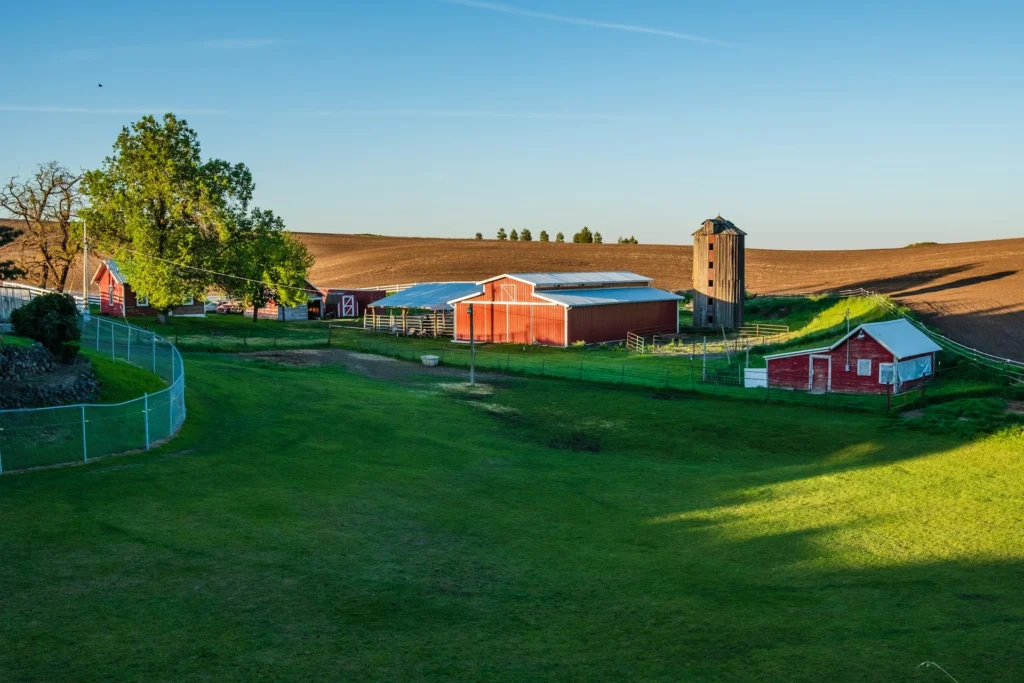Circular farming is revolutionizing the way we think about agriculture, transforming it into a sustainable system that reduces waste and enhances resource efficiency. This approach not only benefits the environment but also supports healthier food production and consumption patterns.
What is Circular Farming?
Circular farming is a holistic approach to agriculture that aims to close the loop in food production by recycling waste, optimizing resource use, and maintaining the health of the ecosystem.
- Core Principles: This method focuses on minimizing waste, enhancing nutrient cycling, and maximizing the efficiency of resources like water and energy.
- Sustainable Impact: By implementing circular practices, farms can become self-sustaining systems that contribute to environmental conservation.
Personal Insights from William F. Tooley, President/Owner of Enviro.Farm
“My grandfather worked tirelessly to close the recycling loop on his small Wisconsin dairy farm, although he didn’t have the advanced tools available today at Enviro.Farm. Inspired by his conservation efforts, I’ve seen firsthand the limitations of traditional farming and the potential of modern techniques to transform agriculture sustainably.”
Benefits of Circular Farming
Agricultural Waste Reduction: Circular farming practices such as composting and aerobic digestion significantly reduce waste by converting it into valuable resources.
- Resource Efficiency: Techniques like precision agriculture and integrated pest management optimize the use of inputs, thereby reducing costs and environmental impact.
- Nutrient Cycling: By recycling nutrients back into the soil, circular farming maintains soil fertility and reduces the need for synthetic fertilizers.
Circular Farming Practices
- Composting: Organic waste is turned into compost, which enriches the soil and replaces chemical fertilizers.
- Water Management: Systems like water reclamation and recycling, rainwater harvesting and precision irrigation ensure water is used efficiently, crucial in areas prone to drought.
From Tooley’s Perspective: The Role of Liquid Composting
“Toxic raw manure is not fertilizer and can harm plants and soil biology if applied directly. Through Enviro.Farm, we’ve developed a method of liquid composting using EnviroCirculators, which turn livestock wastewater into a crop-ready, nutrient-dense fertilizer. This technology allows for continuous nutrient recycling and represents a major advancement in circular farming.”
Impact on Consumer Health
Circular farming leads to the production of nutrient-dense foods, which are essential for combating dietary diseases like obesity and diabetes.
- Nutritional Benefits: Foods grown on circular farms have higher nutrient content, offering better health benefits to consumers.
- Sustainable Choices: By supporting circular farming, consumers can contribute to a more sustainable food system that promotes overall wellness.
Challenges and Future Directions
While circular farming offers many benefits, it faces challenges such as scalability, initial investment costs, and resistance to change among traditional farmers.
- Economic Viability: Developing cost-effective solutions that can be widely adopted is crucial for the future expansion of circular farming practices.
FInal Thoughts
Circular farming is more than just an agricultural practice; it’s a necessary evolution in our approach to food production and environmental stewardship. By embracing these practices, we can ensure a healthier planet and populace. As William F. Tooley aptly puts it, “By closing the loop, circular farming not only reduces production costs and risks but also makes agri-food more profitable for farmers and more nutritious for consumers.”
Ready to take the next step in supporting sustainable agriculture? Enviro.Farm is leading the AgriFood revolution with a zero-emission, circular farming system that promises to boost profits while protecting the environment. Our innovative approach is projected to deliver 30%+ annual returns and transform the future of food production. Click here to explore how you can be part of this high-growth opportunity and help reshape the global food industry with Enviro.Farm. Join us today!

